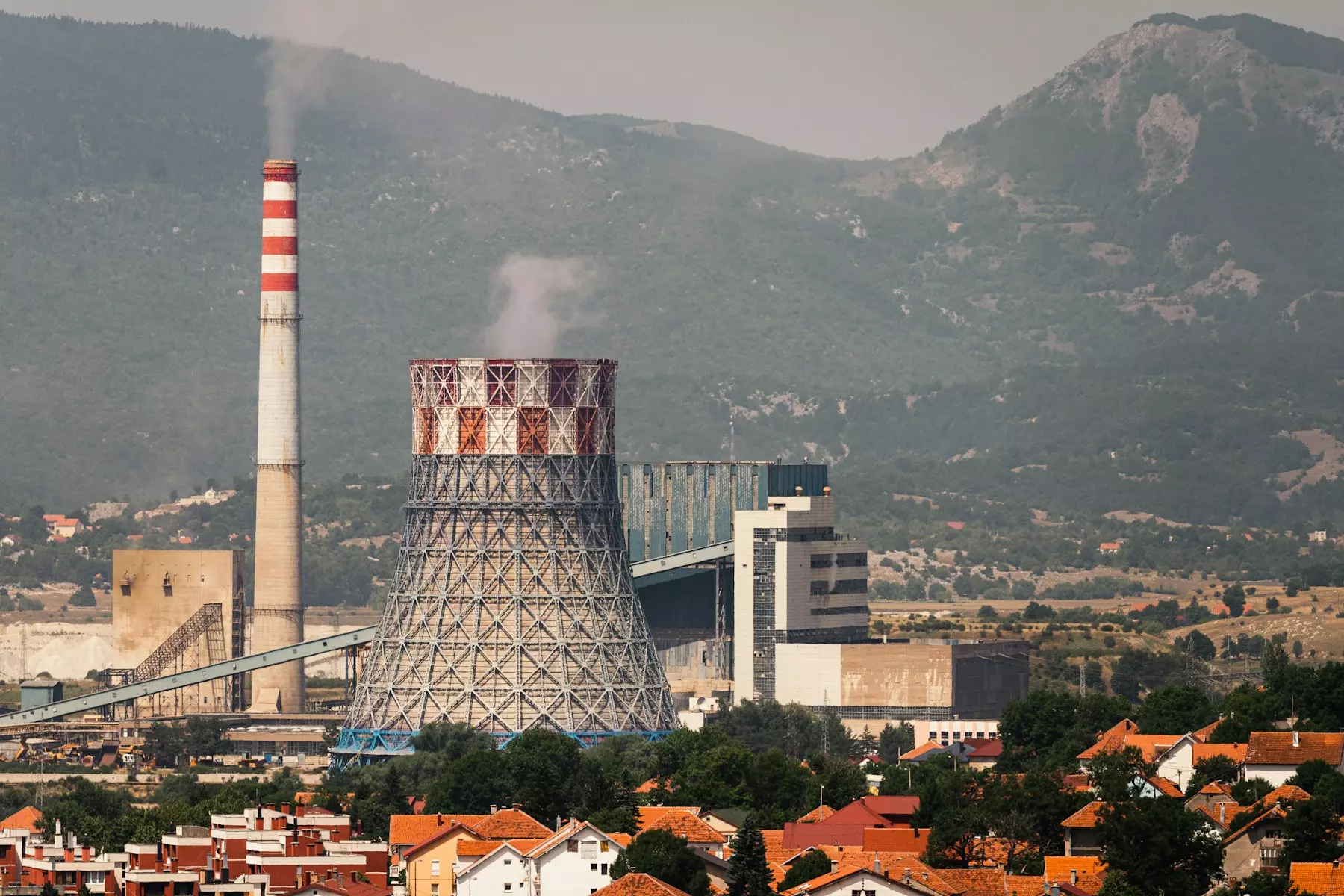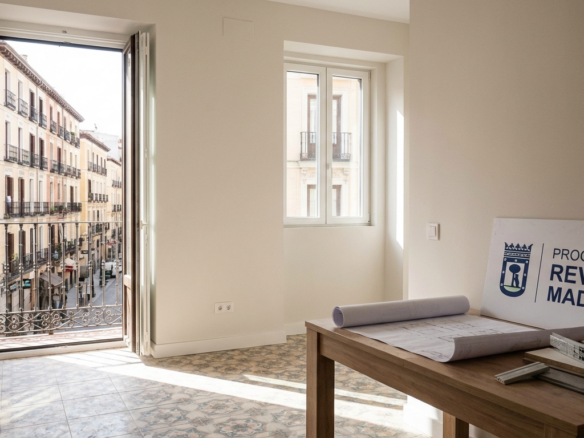The European Union’s ambitious energy efficiency regulations are creating unprecedented opportunities in Italy’s property market. These new rules, designed to combat climate change and reduce energy consumption, are fundamentally changing how investors view Italian real estate. Smart investors are already positioning themselves to benefit from this regulatory shift that’s reshaping property values across the peninsula.
Get 50% OFF!
Subscribe to our newsletter and enjoy a 50% discount on all listing packages, no strings attached!

EU Energy Laws Reshape Italian Real Estate Market
The European Union’s Energy Performance of Buildings Directive (EPBD) has introduced sweeping changes that are transforming Italy’s property landscape. Under these new regulations, buildings must meet specific energy efficiency standards by 2030, with residential properties required to achieve at least energy class E rating. This regulatory framework is creating a clear divide between compliant and non-compliant properties, fundamentally altering market dynamics.
Italian property owners face significant pressure to upgrade their buildings or risk substantial devaluation. The legislation affects millions of properties across Italy, from historic apartments in Rome to modern condominiums in Milan. Properties that fail to meet energy efficiency standards will face restricted rental and sale opportunities, while compliant buildings are experiencing increased demand and premium pricing.
New Investment Opportunities in Italian Properties
Savvy investors are recognizing that these regulatory changes create multiple profitable pathways in the Italian market. The most obvious opportunity lies in acquiring underperforming properties at discounted prices, then renovating them to meet EU standards before selling or renting at premium rates. This buy-renovate-sell strategy is particularly attractive in Italy’s major cities where property values remain strong.
Another emerging opportunity involves targeting already-compliant properties that offer immediate rental income without renovation costs. These “green-ready” buildings are commanding higher rental yields and attracting quality tenants who value energy efficiency. Additionally, investors are exploring partnerships with local developers to create new energy-efficient residential projects that meet future EU requirements from the ground up.
Energy Efficiency Requirements Drive Demand
The EU’s energy classification system has created a new hierarchy in Italian property values, with energy-efficient buildings experiencing unprecedented demand. Properties rated A or B class are seeing rental premiums of 15-20% compared to lower-rated buildings, while also maintaining stronger resale values. This demand surge is particularly pronounced in Northern Italy’s industrial cities where environmental consciousness runs high.
Traditional Italian properties, many of which fall into lower energy categories, are experiencing market pressure that varies significantly by location and condition. Properties in prime locations with good bones are still attracting investor interest for renovation projects, while poorly positioned buildings with low energy ratings face steep value declines. The market is essentially rewarding forward-thinking property improvements while penalizing energy inefficiency.
Smart Money Targets Italy’s Green Buildings
International investment funds and private equity groups are increasingly focusing on Italy’s emerging green building sector. These institutional investors recognize that EU energy regulations create long-term value propositions that align with global ESG (Environmental, Social, Governance) investment trends. Major investment groups are assembling portfolios of energy-efficient Italian properties to capitalize on both regulatory compliance and changing tenant preferences.
Domestic Italian investors are also adapting their strategies to focus on energy performance alongside traditional location and size considerations. Real estate investment trusts (REITs) operating in Italy are prioritizing acquisitions of buildings that meet or exceed EU energy standards. This institutional focus on green buildings is creating a premium market segment that offers both stable returns and regulatory protection against future energy legislation.
How Investors Can Capitalize on EU Changes
Successful investment strategies in this new regulatory environment require careful property selection and timing. The most profitable approach involves identifying properties in desirable locations that need energy upgrades, calculating renovation costs against potential value increases, then executing improvements that achieve high energy ratings. Investors should focus on properties where renovation costs represent 20-30% of the total investment while delivering significant energy class improvements.
Market timing is crucial for maximizing returns from EU energy rule changes in Italy. Properties purchased before widespread market recognition of energy requirements offer the best value propositions. Investors should also consider the availability of EU and Italian government incentives for energy efficiency improvements, which can substantially reduce renovation costs. Working with local contractors experienced in energy-efficient renovations and understanding regional permit requirements are essential for successful project execution.
The EU’s energy efficiency regulations represent a fundamental shift in Italian real estate investment dynamics. Properties that embrace these changes will thrive, while those that ignore energy performance face declining values and limited market opportunities. For investors willing to navigate this new landscape, Italy’s property market offers compelling opportunities to generate strong returns while contributing to Europe’s environmental goals. The key to success lies in understanding these regulations as permanent market changes rather than temporary compliance requirements.





Join The Discussion